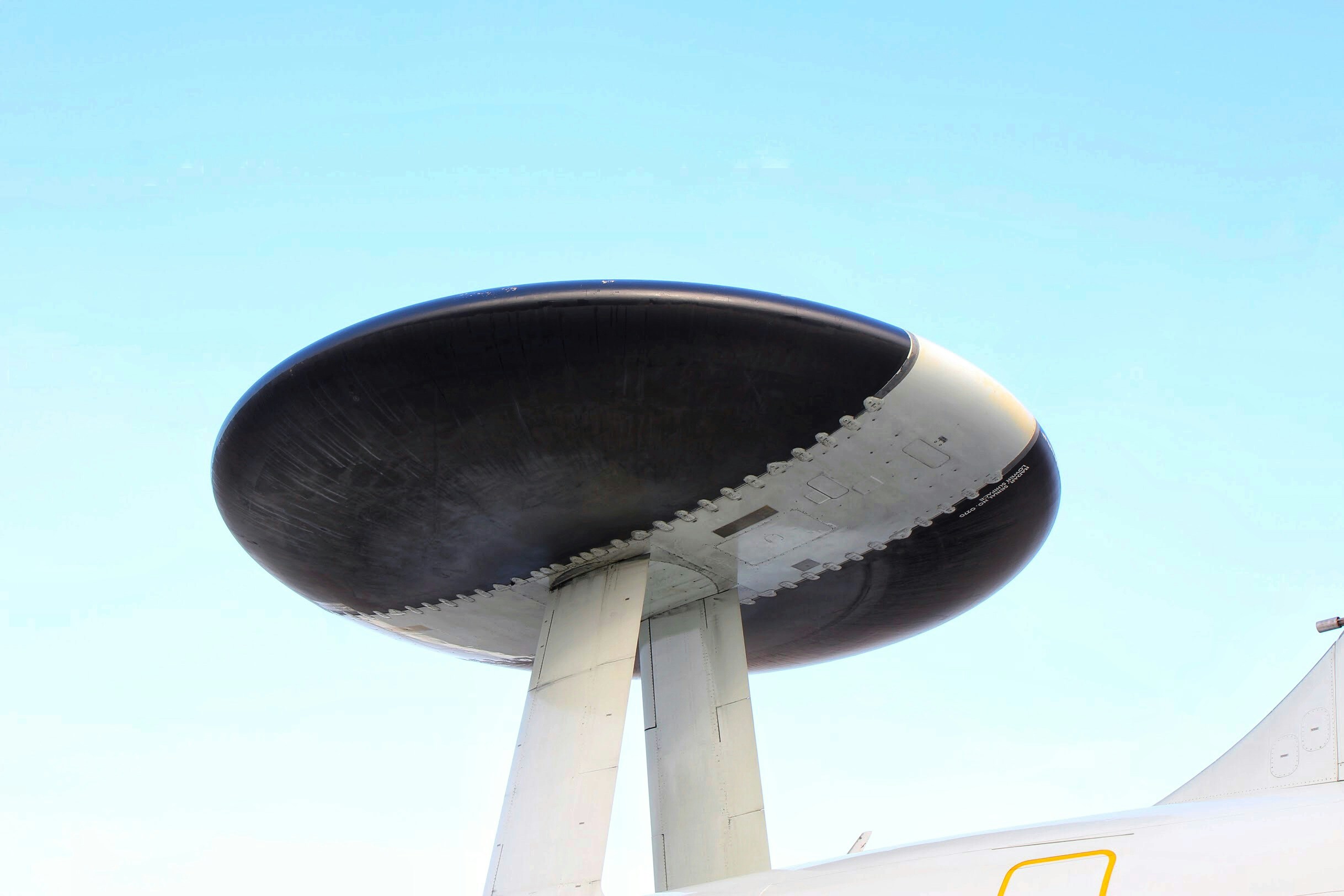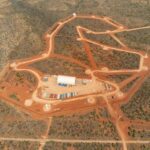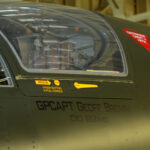Five years ago planners saw stealth jets, cheap glide bombs, and quad-copters creeping into nearby arsenals. Old Improved HAWK launchers kept watch since the Eighties, but fresh threats would burn straight past them. Defence Ministry staff met think-tanks and industry partners, drafting a layered barrier that suits Singapore’s dense ground and tight air lanes. Their idea: fuse every sensor, gun, and missile into one data spine so no crew must juggle split screens.
Building Blocks
The finished shield stands on four big pillars:
- Aster 30 batteries – Medium-range killers that swap in for I-HAWK. Trucks tow six-cell launchers; each cell holds a slim white round that jumps to Mach 4 in under three second. Crews like the fast spin-up, though one driver moans about trailer length on narrow slip-roads.
- SPYDER short-range units – Python and Derby missiles guard the low deck, hunting jets or drones that hug waves or roof lines. Switch time between targets sits near zero; an operator joked the screen flips faster than his eye blink, no lie.
- SHIKRA plus Multi-Mission radars – Arrays pick tiny metal bugs at odd angles, even with harbour cranes throwing echoes. Techs praise new firmware yet a few menu tags still miss spaces, small but annoying.
- Combat Management System (CMS) – Code forged with DSTA welds all feeds into one clean table map. Coloured bricks flag jumps in speed or course, letting watch teams punch fire orders without digging three layers deep.
Weave with Existing Forces
Data runs both ways between ground hubs and cockpit glass:
- F-15SG and F-16 pilots pull threat dots from the grid, then push their own radar tracks back down. If a bomber darts past Patriot line, a fighter pair climbs to swat it before it fades. Air crews also coordinate closely with Singapore’s G550 Airborne Early Warning Squadron, which enhances detection range and overall situational awareness.
- AH-64 crews ask the node for safe corridors prior to gun runs. The net tags friendlies green, cutting any chance of blue-on-blue.
- Littoral Mission Vessels plug in while patrolling the Strait. When radars on deck taste inbound cruise rocket, they echo the ping inland, winning extra seconds for shore batteries.
Commanders claim the cross-talk shaves reaction time by half, maybe more. No section stands alone; each slot props the next, leaving few dead spots.
Voice from the Control Room
Colonel Alvin Teo, Air Defence & Operations Command, recalls the old days, six glowing consoles in one dim pit. “We hopped screen to screen, scared to miss single track,” he says. Now a single nine-metre wall throws the whole air picture in honest scale. Operators stand, point, shout clear words, shoot quicker.
The 163 Squadron, once sole caretakers of I-HAWK, retooled on Aster in eight weeks. Early drills felt strange, new plug order, new strap rules. Yet launch crews soon beat test timelines, pride climbed, coffee breaks grew louder.
Proof by Trial
Local runs over South China Sea came first. Drones flew crooked patterns under monsoon clouds. Missiles snapped them with one shot each; splash points dotted the radar log like neat red pins.
The joint drills abroad. Allied jets stuffed the air with fake raids, electronic fuzz, decoy packets. CMS stalled on day one, buffer overload, but coders fried bugs overnight, line held next dawn.
The final torture test pumped ten cruise profiles, seven low drones, and a spoofed fighter in eighty seconds. The net parsed all tags, killed nine, flagged one as friendly straggler, audit passed.
Meaning for the Region
Strategists in Hanoi and Canberra read the move as plain table-stakes: show tooth so no neighbour tries air squeeze. Small states note the lesson – tech and will can mask lack of deep land. Big powers, meanwhile, must plan harder if they ever weigh muscle.
Industry Backbone
DSTA rode herd on vendors tight. Missile maker trimmed software so local crews patch without calling Europe at 3 a.m. Radar shells slimmed twenty kilos so trucks slide under MRT bridges. Those tweaks cost sweat yet grant home firms tools for future export bids, similar to recent regional deals like the ESSM Block 2 production deal with Japan’s MELCO. One company already courts two ASEAN buyers for cut-down CMS kits, name under wrap.
Fighting Urban Friction
Tall glass towers bounce beams, thus riggers hoisted a few arrays on short water towers, not scenic skyscrapers, odd choice but it works. Transport routes for launchers snake through void decks at dawn; road teams shaved curbs, repainted lines, small fixes that save minutes in crisis.
Civil traffic posed bigger headache. Changi sees near one flight a minute at peak. The net tags legit transponders green, locks them out of kill chain. If a silent blip pops, controllers cross-check callsign against flight plan before shouting fire. Rules cut risk yet demand sharp eyes all shift long.
Foreign Eyes on the System
Twenty embassy officers toured command hall last month. A Nordic attaché praised the crisp vector lines yet found font too tiny for his specs. A Gulf delegate prodded about cloud back-up; host smiled, offered tea, no details. Most visitors left impressed by seamless weld between radar, jet, and navy mast.
Options on the Horizon
Planners sketch upgrades even while paint still dries:
- Smarter CMS code – Small language models chew doppler slices then spit out threat class in two ticks, not five.
- Quantum-safe crypto – New keys wait funding so a laptop thief cannot sniff command chat.
- Extra missile flavours – Light micro-killers for swarm drone waves and long-reach darts for glide vehicles crossing fifty-plus kilometres.
- High-alt balloons – Gas bags carry radar tiles above storms, stretching horizon though they hate strong shear wind, tests due next year.
Nothing locked, everything costed, cabinet will weigh trade-offs.
Part in Wider Defence Posture
The IAD slots beside cyber brigades, revamped Leopard tanks, and a quiet addition of third submarine. Singapore has also confirmed the purchase of eight more F-35A fighter jets to complement its earlier F-35B acquisition, strengthening its air combat capabilities. Diplomats keep hotline warm with neighbours, yet chiefs insist you talk peace better when carrying sharp kit.
Closing Word
The Island Air Defence stands live, scanning sea air space without blink. One compact state, hemmed by shipping and storms, now owns a shield equal to many bigger nations. Crews will tweak, patch, and train without pause, for threats shift fast and metal must keep pace. The sky over the straits stays busy, but from today intruders play a harder game.
REFERENCE SOURCES:
- https://www.youtube.com/watch?v=WWA2JqaPFyQ&ab_channel=CNA
- https://armyrecognition.com/news/aerospace-news/2025/singapore-confirms-the-purchase-of-eight-more-f-35a-fighter-jets-to-complement-earlier-f-35b-acquisition
- https://theaviationist.com/2025/01/27/rsaf-f-16d-seen-python-5-first-time/
- https://armyrecognition.com/news/aerospace-news/2025/lockheed-martin-upgrades-singapores-f-16s-to-enhance-security-in-southeast-asia
- https://www.straitstimes.com/singapore/aster-30-the-last-puzzle-piece-of-rsaf-s-island-air-defence-system-now-fully-operational
- https://breakingdefense.com/2024/02/singapore-to-buy-8-f-35as-expanding-jsf-fleet-to-20/
- https://www.reuters.com/business/aerospace-defense/foreign-debuts-few-defence-deals-singapore-air-show-2024-02-23/
- https://www.shephardmedia.com/news/air-warfare/singapore-airshow-2024-singapores-apache-upgrade-among-plans-to-renew-rsaf-capabilities/
- https://www.asianmilitaryreview.com/2024/02/careful-modernisation/
- https://www.janes.com/osint-insights/defence-news/defence/singapore-aster-30-achieves-full-operational-capability



